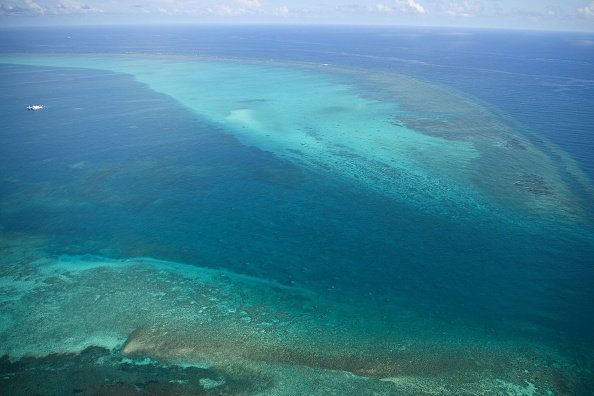The Philippines has announced its plans to formally lodge a diplomatic protest against China’s proposal to establish a “national nature reserve” on the Huangyan Island in the South China Sea. The Philippines condemned this move as an infringement on its sovereignty and a violation of international law.
In a statement, the Philippine Department of Foreign Affairs emphasized that they will raise a formal diplomatic protest against China’s actions as both illegal and improper. They reiterated that the Bajo de Masinloc, also known as the Scarborough Shoal, has long been an integral part of the Philippines, over which they have sovereignty and jurisdiction.
The sovereignty over Huangyan Island, also known as Scarborough Shoal, Bajo de Masinloc, or Buhanginan ng Panatag, remains unresolved. The Hague tribunal ruled in 2016 against China’s “nine-dash line” claim, stating that China’s blockade of Huangyan Island violated international law, encroaching on the rights of Filipino and Vietnamese fishermen. However, Beijing refused to accept the ruling and has continued to expand its presence in the disputed waters.
The State Council of China has approved the establishment of the “Huangyan Island National Nature Reserve,” covering an area of 3,523 hectares, to be managed by the city of Sansha in Hainan Province. Beijing claims that the reserve will focus on protecting the coral reef ecosystem.
Furthermore, the Chinese State Council has ordered various departments to strengthen law enforcement to combat “any illegal activities,” indicating their intention to exercise stricter control over the area and expel foreign ships.
The Philippine Department of Foreign Affairs has urged China to immediately withdraw its decision and adhere to international obligations. The statement pointed out that China’s actions “clearly infringe on the rights and interests that belong to the Philippines under international law.”
The Philippines has called on Beijing to respect its sovereignty and jurisdiction over the shoal and abide by the United Nations Convention on the Law of the Sea (UNCLOS) of 1982, the 2016 South China Sea Arbitration ruling, and the 2002 Declaration on the Conduct of Parties in the South China Sea.
Maritime law expert Jay Batongbacal from the University of the Philippines warned that China’s move is an attempt to further solidify its claims in the South China Sea and could pave the way for more aggressive actions, including the arrest of Filipino fishermen. Batongbacal stated that China hopes to disguise its actions as “environmental protection” to hinder support for the Philippines and prevent the Philippines from resuming traditional fishing activities.
Tensions in the South China Sea have continued to escalate. Since January this year, the presence of Chinese coast guard and navy vessels around Huangyan Island has increased.
Last month, the first known clash between Chinese naval vessels and coast guard ships occurred while disrupting a resupply mission for Filipino fishermen.
Environmental issues are also at the center of the dispute. A report by the Center for Strategic and International Studies (CSIS) in 2023 stated that China’s island-building projects had buried over 4,600 acres (1,861 hectares) of coral reefs, and Chinese fishermen harvesting giant clams had destroyed approximately 16,353 acres (around 6,615 hectares) of coral reefs.
Beijing denies environmental damage and accuses the Philippines of similar activities, which Manila denies.
Huangyan Island is located about 120 nautical miles from the Philippine province of Masinloc and holds strategic and economic value in the South China Sea’s vital waterways. Both China and the Philippines have been competing for influence in the region for over a decade.

